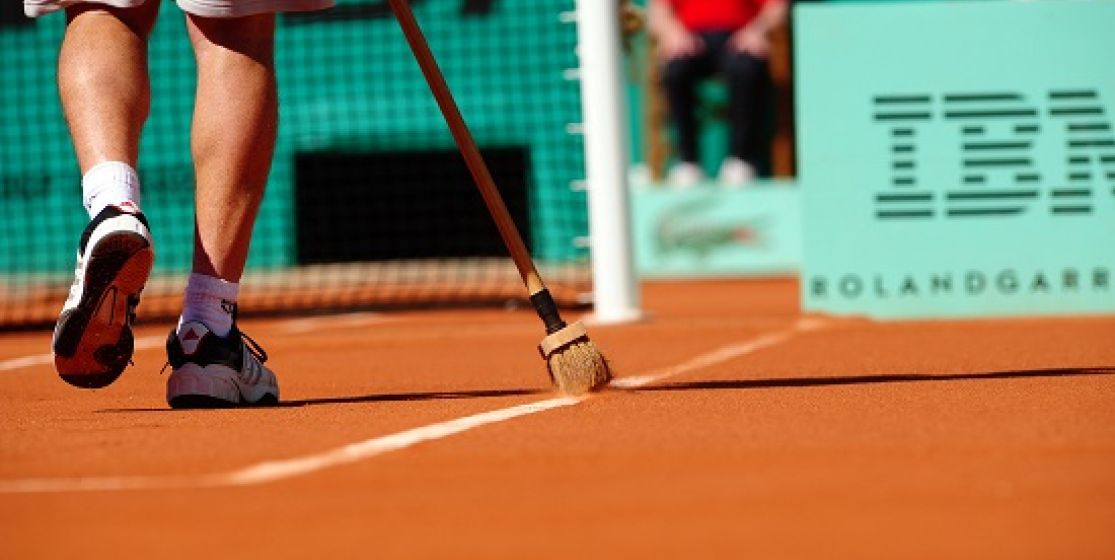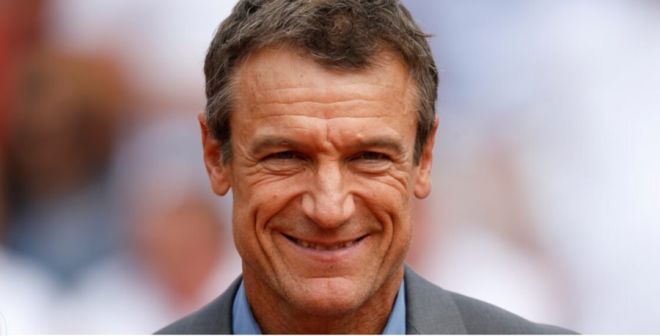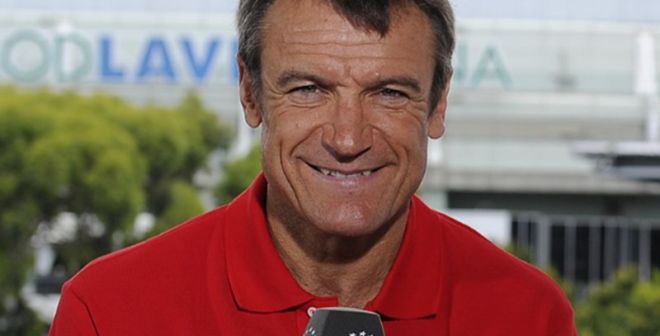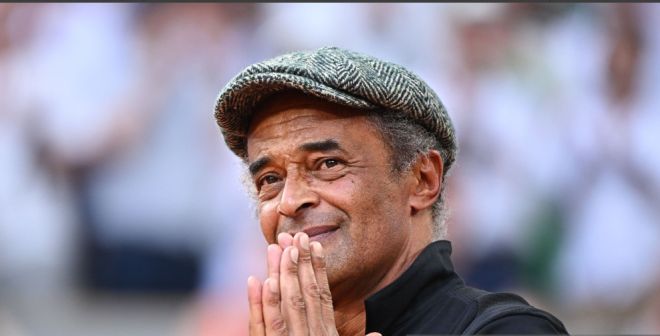Seriously, why are clay courts called clay courts? I am meaning red clay courts, the original and best type of clay court and not that greyish-green stuff they have in the United States? The question is posed because clay, as we know it, is not an “ingredient” used at all in the manufacture of red clay courts.
This is how a red clay court is manufactured. There are four layers; the first is a layer of stone, then a layer of water filtering metal waste that is known as “slag”, on top of that is limestone and then just 3mm of crushed bricks … your common everyday house bricks. Yup that is exactly right, house bricks are what you see.
Remember the surface that was used at one time at the Australian Open, Rebound Ace? It was a rubberised hard court and that was made of crushed car tyres. Who said tennis did not recycle?
Limestone and those house bricks are the essence of the playing surface and to maintain a red clay court takes quite an effort. At Roland Garros there are 20 courts in use during the tournament – Ct Philippe Chatrier, Ct Suzanne Lenglen, Ct 1 and then the other 17 courts.
Just like hard courts are resurfaced and grass courts are resod all the time, the courts at Roland Garros are prepared for perfection every year for the French Open. White limestone is added as is about 40,000 kilos of those crushed house bricks.
When you are watching a match you will see the groundsmen maintain the court during the change of ends and most definitely at the end of a set when lines are swept, the surface is watered to help stop the “clay” from blowing all over during windy conditions. Irrespective, so much of the surface is transferred into the locker rooms via player’s shoes and definitely their socks. Often their socks are so caked in the stuff you can’t tell where the top of the sock ends and where the ankle starts.
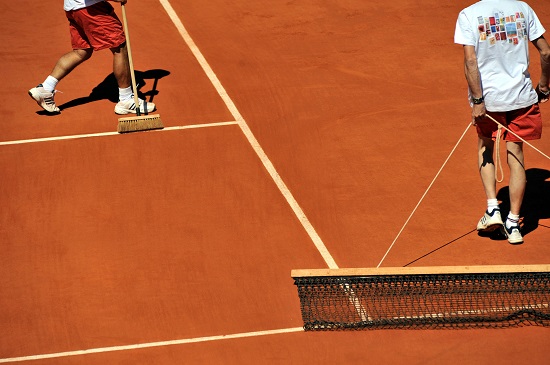
At the end of the day the courts are watered again, this time they get a drenching and then bedded down for the night with green tarpaulins.
The next morning when the covers are removed the groundsmen rake the surface, almost like a morning shave in reverse and calcium chloride, a white dusty powder, is strewn across the courts. That acts like a wetting agent for when the courts are watered during the day and it helps to keep that rusty red colour.
Now as far as courts 3, 4, 5 and Suzanne Lenglen are concerned, there is a slight difference in their care. They were built on concrete slabs which don’t absorb moisture as well as the other courts so there is a system in place to control the water, almost like reservoirs beneath which are emptied depending on the water levels.
So that’s some background on the red clay courts but it still has not answered the question as to why there are called clay court courts when no actual clay is used. Here’s my theory; to make a brick you need to use clay so indirectly clay is used. Anyway, saying “red clay courts” sounds a lot better than saying “crushed brick courts”.
The French call them “terra bateaux”. That sounds the best really.
Now we just wait for the first ball to be hit at Roland Garros 2014, on a surface that doesn’t need to have the Hawk-Eye challenge system in play. The ball leaves a clear mark on the red clay.


